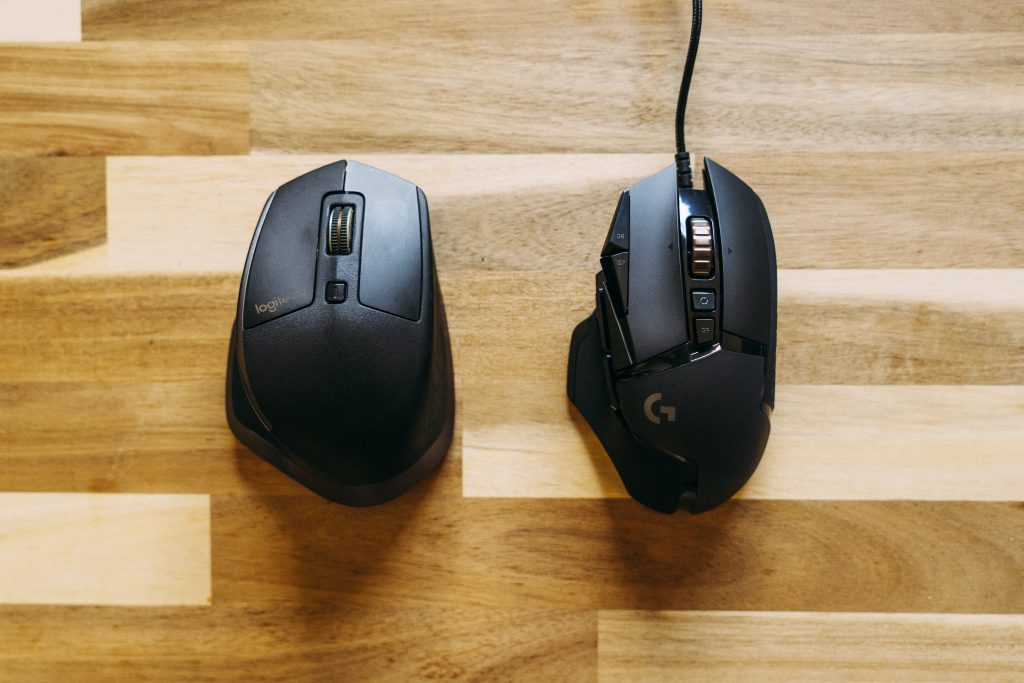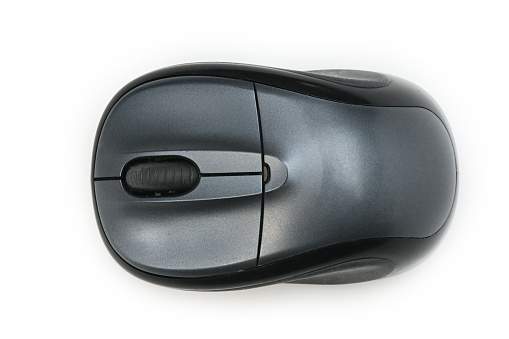Edge computing and cloud computing have been the buzzwords in the world of technology, often perceived as contrasting or even competing technologies. However, the relationship between these two is far from combative; it’s synergistic. The perfect blend of edge and cloud computing can unlock new heights of efficiency, scalability, and performance in various applications. In this article, we will discuss about “What Describes the Relationship Between Edge Computing and Cloud Computing?” in details. Keep reading!
Edge Computing Vs. Cloud Computing: Complementing not Competing
Understanding the difference between edge computing and cloud computing is crucial to grasp their interrelation. Cloud computing is a model that delivers on-demand computing services, from applications to storage and processing power, typically over the internet and on a pay-as-you-go basis. On the other hand, edge computing is a distributed computing framework that brings computation and data storage closer to the location where it’s needed, improving response times and saving bandwidth.
While they may seem to serve opposing goals, their juxtaposition can deliver optimized results. Cloud computing provides vast computing resources and superior analytics capabilities. However, it often faces challenges in areas with limited connectivity or requires real-time data processing. Here’s where edge computing swoops in, addressing latency issues and enhancing user experience by processing data locally.
The Harmonious Duet: Edge-to-Cloud Connectivity
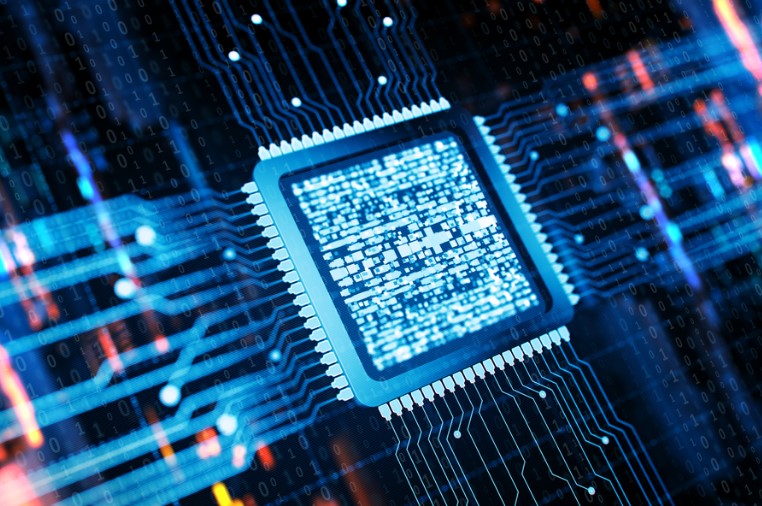
The real magic happens when the strengths of edge computing and cloud computing are combined—forming a formidable edge-to-cloud connectivity. It provides a comprehensive solution that leverages the computing power, scalability, and data analytics capabilities of the cloud while utilizing the latency reduction and real-time processing capabilities of edge computing. This integration is proving beneficial across industries, from IoT devices to autonomous cars and smart cities.
Envisioning the Future: Edge and Cloud Computing Use Cases
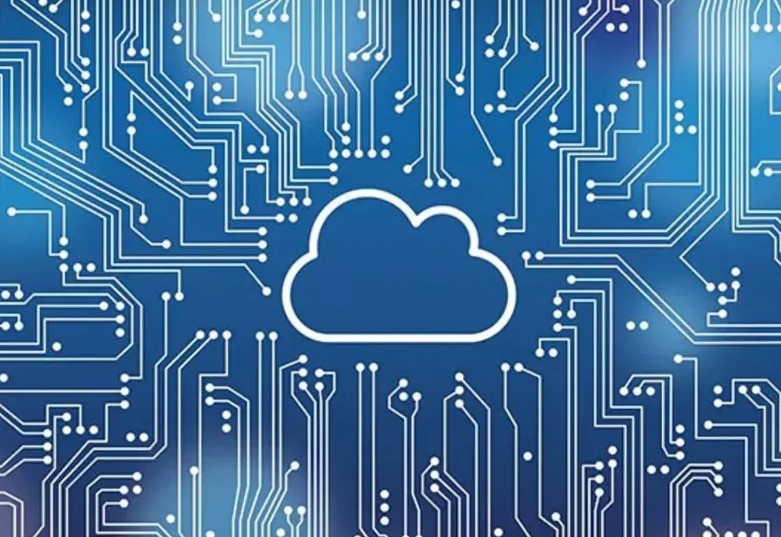
Let’s delve into some practical use cases that demonstrate the integration of edge computing and cloud computing.
- Internet of Things (IoT): With an ever-growing number of IoT devices, the amount of data generated is massive. By leveraging edge computing, data processing happens closer to the source, reducing latency and improving response times. The processed data is then sent to the cloud for further analytics, enhancing the overall efficiency and effectiveness of IoT systems.
- Autonomous Vehicles: Autonomous cars require real-time data processing for safe operation. Edge computing enables immediate decision-making, while cloud computing backs it with superior data analytics, providing vital insights for continuous improvements.
- Smart Cities: In smart cities, sensors across the city generate vast amounts of data. Edge computing can process data locally, reducing network congestion. Cloud computing then steps in for larger-scale analytics, optimizing resource allocation and improving city-wide systems.
Overcoming Hurdles: Edge Computing and Cloud Computing Challenges
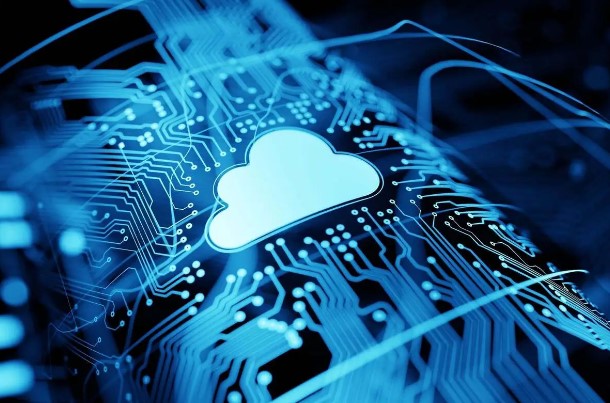
While the integration of edge computing and cloud computing provides exciting possibilities, it also comes with challenges, primarily concerning security and cost. As data is processed and stored at the edge, ensuring data security across various edge devices becomes a critical concern. Similarly, deploying edge computing infrastructure alongside cloud computing can lead to increased initial costs. However, the long-term benefits in terms of improved performance and reduced data transmission costs can outweigh these challenges.
Boosting Performance: Edge Computing and Cloud Computing Scalability
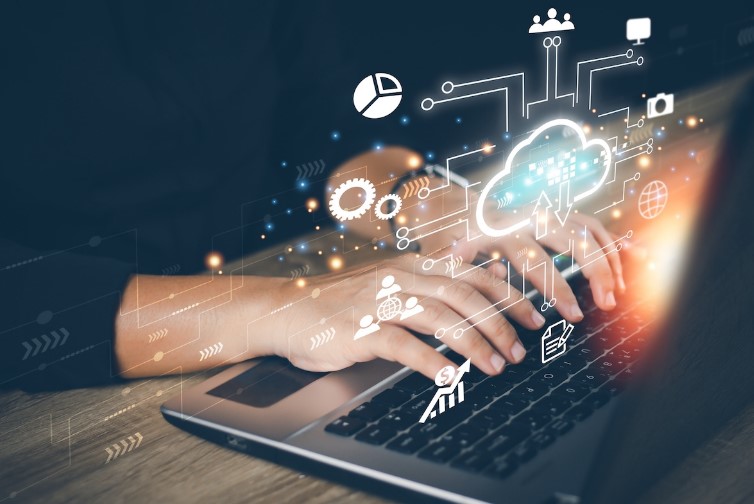
Scalability is a key advantage of the cloud computing model, with its ability to handle increased workloads by leveraging the vast resources of the cloud. Edge computing, too, offers scalability benefits. By distributing workload across various edge locations, it can efficiently accommodate an increase in data processing requirements. When combined, edge computing and cloud computing can provide a highly scalable solution capable of handling massive workloads while maintaining low latency.
The Power Duo: Edge Computing and Cloud Computing Security
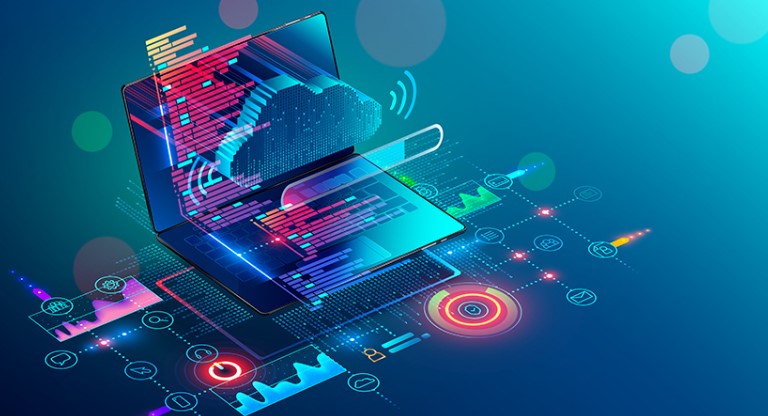
Security is a paramount concern in any IT setup. Cloud computing has matured in this regard over the years, with robust security measures ensuring data safety in the cloud. However, with the advent of edge computing, new layers of complexity are added to the security landscape. Edge devices, due to their distributed nature, are vulnerable to physical and cyber-attacks. Mitigating these risks calls for a blend of cloud and edge-specific security measures.
Cloud computing offers centralized security control with robust measures, including encryption, access control, and threat intelligence. Conversely, edge computing necessitates a decentralized security approach. Implementing stringent local security measures, secure communication protocols between edge devices, and regular updates can enhance edge security. By leveraging the cloud for central security oversight and the edge for localized protection, businesses can create a robust, multi-layered security architecture.
Driving Innovation: Cloud Computing and Edge Computing in Healthcare
One sector witnessing the transformative potential of cloud and edge computing integration is healthcare. The emergence of telemedicine, remote patient monitoring, and AI-driven diagnostic tools are reshaping healthcare delivery. However, these applications generate a colossal amount of data, straining traditional IT infrastructures.
Edge computing alleviates this pressure by processing critical data locally, ensuring quick response times—crucial in medical emergencies. Simultaneously, cloud computing provides a platform for advanced data analysis, patient record management, and collaborative research on a large scale. In this manner, edge and cloud computing collectively contribute to creating a more responsive, efficient, and patient-centric healthcare system.
Cost Implications: Evaluating Edge Computing and Cloud Computing Deployment Models
Adopting a new technology inevitably involves cost considerations. With edge computing, these costs encompass edge device procurement, installation, and maintenance. However, these costs need to be weighed against the value that edge computing brings, including reduced data transmission costs, improved response times, and the potential for real-time analytics.
On the other hand, cloud computing follows a pay-as-you-go pricing model, eliminating the need for substantial upfront capital investments. It allows businesses to scale resources up or down as per their requirements, ensuring cost-effectiveness.
The combined deployment of edge and cloud computing calls for an optimal balance to harness the benefits of both. Businesses may adjust their infrastructure according to their needs, utilizing edge computing for time-sensitive applications and relying on the cloud for data storage and advanced analytics.
Transforming Industries: Edge Computing and Cloud Computing Applications
From manufacturing to retail, the synergy of edge computing and cloud computing is creating ripples across industries.
- Manufacturing: In smart factories, sensors, and IoT devices generate immense data volumes. Edge computing enables real-time data processing, optimizing production lines, and minimizing downtime. Meanwhile, cloud computing assists with predictive maintenance, resource planning, and supply chain management.
- Retail: In retail, edge computing can offer personalized shopping experiences by processing data from in-store sensors in real time. Simultaneously, cloud computing can provide analytics for inventory management, consumer behavior, and sales predictions.
- Agriculture: In smart agriculture, edge computing devices can process data locally from soil sensors, weather stations, and drones, enabling real-time decision-making. In contrast, cloud computing can analyze this data to provide insights for crop health, yield predictions, and resource management.
In a Nutshell: A Future Powered by Edge and Cloud
The integration of edge computing and cloud computing is not merely a technological shift; it’s a paradigm change. It’s about bringing the best of both worlds together, capitalizing on the immense cloud power for storage and analytics, and leveraging edge capabilities for real-time, efficient data processing. This combination will not only boost performance, reduce costs, and enhance security but also drive innovation across industries, from healthcare to retail to agriculture.
Frequently Asked Questions About What Describes the Relationship Between Edge Computing and Cloud Computing?
How does edge computing impact the performance of cloud computing?
Edge computing can enhance the performance of cloud computing by processing data locally, reducing the load on the cloud, and minimizing latency.
Are there any security concerns when combining edge computing and cloud computing?
Yes, security is a critical concern, especially due to the distributed nature of edge devices. However, by implementing robust security measures both at the edge level and in the cloud, a secure IT environment can be maintained.
What role does data transfer play in the relationship between edge computing and cloud computing?
Data transfer plays a significant role in the edge-cloud relationship. Edge computing can process data locally, reducing the amount of data that needs to be transferred to the cloud. This can improve response times and save bandwidth.
How can organizations leverage both edge computing and cloud computing for their IT infrastructure?
Organizations can use edge computing for real-time data processing and latency-sensitive applications, while cloud computing can be used for data storage, advanced analytics, and applications that don’t require immediate response.
Can edge computing replace cloud computing?
No, edge computing is not a replacement for cloud computing. Instead, it complements cloud computing by reducing latency and providing real-time data processing.
What are the cost implications of implementing edge computing alongside cloud computing?
While the initial costs of setting up edge computing infrastructure can be higher, it can reduce data transmission costs and improve performance, offering cost benefits in the long run.
What are the scalability considerations when integrating edge computing and cloud computing?
Both edge computing and cloud computing offer scalability benefits. When combined, they can provide a highly scalable solution capable of handling large workloads while maintaining low latency.
How do edge computing and cloud computing contribute to the Internet of Things (IoT)?
Edge computing can process data from IoT devices in real-time and closer to the source, reducing latency. The processed data can then be sent to the cloud for further analysis, enhancing the overall efficiency and effectiveness of IoT systems.
Also Read: MKV Cinema: Download Latest Bollywood Movies [2023]
The Final Word: A Harmonious Symbiosis
In the realm of data processing, edge computing and cloud computing are forging a harmonious symbiosis. Despite their inherent differences, their integration promises a future of enhanced performance, reduced latency, and superior scalability. As the world continues to produce massive data volumes, this symbiotic relationship could very well hold the key to leveraging this data deluge and unlocking new avenues of innovation and progress. We hope this guide about “What Describes the Relationship Between Edge Computing and Cloud Computing?” prove much beneficial for all our readers and clear all their queries related to the topic.


